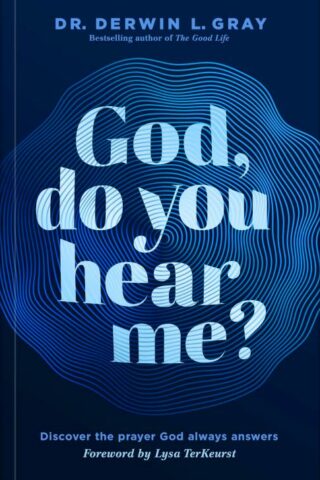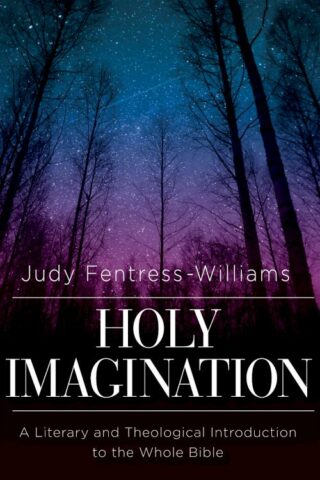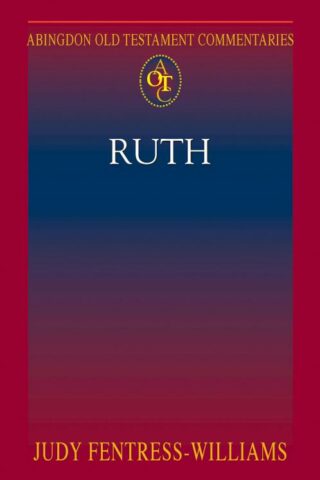Judy Fentress-Williams
Showing all 2 resultsSorted by latest
-
Holy Imagination : A Literary And Theological Introduction To The Whole Bib
$40.99Most literary works have one primary voice, a discourse that expresses an author’s dominant culture and ideology. The whole Bible, however, should be read by allowing numerous voices or discourses during a thousand years of literary imagination to emerge and interact. This dialogic reading process introduces theological insights that are larger than the individual parts of the Bible.
Many books about the Bible introduce students to this sacred literature through a critical tour of the historical events and cultures that were present when the authors were at work. Holy Imagination, however, groups sections of the Bible by genre, to include the whole canon.
This “reader’s introduction” is informed by literary theory and theological synthesis. For example, the first section will describe the primordial history in Genesis 1-11 as literary myth. How do we use the term myth when it is applied to the beginning of Genesis? The next section, the ancestral narratives in Genesis 12-50 is described as “formational narratives of identity.” How do the stories use sibling rivalry to shape national identity then and now?
Each section in the introduction will identify and describe the genre (myth, historiography, poetry, apocalyptic literature, and so on) and then move into a discussion about its literary characteristics. Once the range of materials within a genre is evaluated, the introduction will deploy literary tools useful in reading a particular genre. The application of these tools will be guided by a set of “literary rules.”
Reading is always an act of interpretation. The Bible is a theological text. The Bible is a literary text in that it is written and uses literary devices. Scripture comes to us in a variety of forms/genres and knowing the genre helps the reader in the task of reading. Scripture comes from multiple sources, representing a variety of perspectives over time. These different sources form a dialogue from which greater meaning can be achieved.. This dialogue is ongoing and never-ending (always making new meanings). Scripture is highly metaphorical, and metaphor is a distinct form of dialogue.
Holy Imagination can serve as the primary text for an introductory course on the whole Bible. For instructors who prefer an historical-critical structure, this book could be an appreciated supplementary text that gives new Bible readers the larger picture of the wider biblical literature.
Add to cartin stock within 3-5 days of online purchase
-
Ruth
$25.99Introduction
1. A Dialogue Of Determination
2. Terms Of Endearment
3. A Cloaked Covenant
4. A Dialogue Of Identity
Conclusion
Additional Info
from the Introduction:Described by Goethe as “the most charming little whole” of antiquity, Ruth has long been recognized for its literary quality. This beautifully composed narrative continues to attract readers across generations and boundaries of gender, class and ethnicity. In fact, the beauty of the book often distracts from the practical nature of the narrative. For all of its appeal, Ruth is, after all a story about family and survival. The marriage between Ruth and Boaz is a levirate marriage. The goal of this practice is to ensure the continuation and stability of the family line. Thus this “charming little whole” has as its subject preservation of life in the face of death and upholding memory to ward off the loss of identity.
This story of survival is short; it consists of four chapters with elements of loss and recovery; famine and harvest, barrenness and fruitfulness, life and death. These elements afford the book a broad appeal as it speaks to various stages and seasons of life, all the while upholding the power of faithfulness against an ever-changing backdrop. Named after one of the major characters, the book of Ruth tells the story of Naomi of Bethlehem and her family “in the days when the judges ruled.”
…So much of what happens in Ruth happens where no one can see. Ruth binds herself to Naomi in the “in between place” of Moab and Judah. No one is there to witness it. Similarly, Ruth asks Boaz for redemption in the middle of the night when we presume everyone else is asleep. These events allow for the inclusion of Ruth as Boaz’s people, first as a gleaner and then as a wife. The pattern of what happens away from our observation and then bursts forth where we can see it draws on the images of planting and harvest, conception and birth. On a theological level, it suggests that even in the famine times, God is planting seed, preparing for the next harvest, even when we cannot see it. We must assume then, that whatever we know or recognize about the work of God is only a small piece of the larger whole. We cannot know it all.
Add to cartin stock within 3-5 days of online purchase











